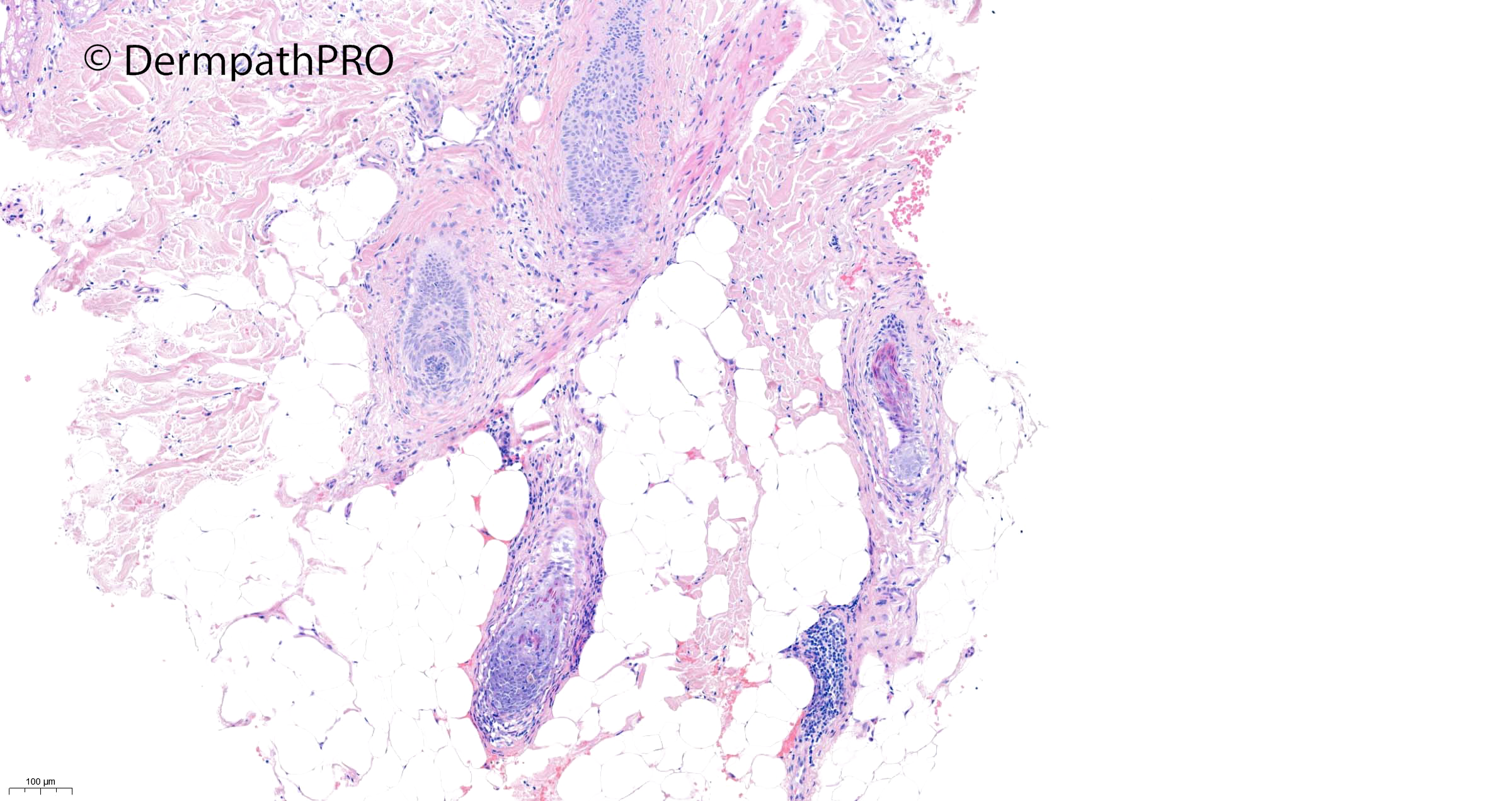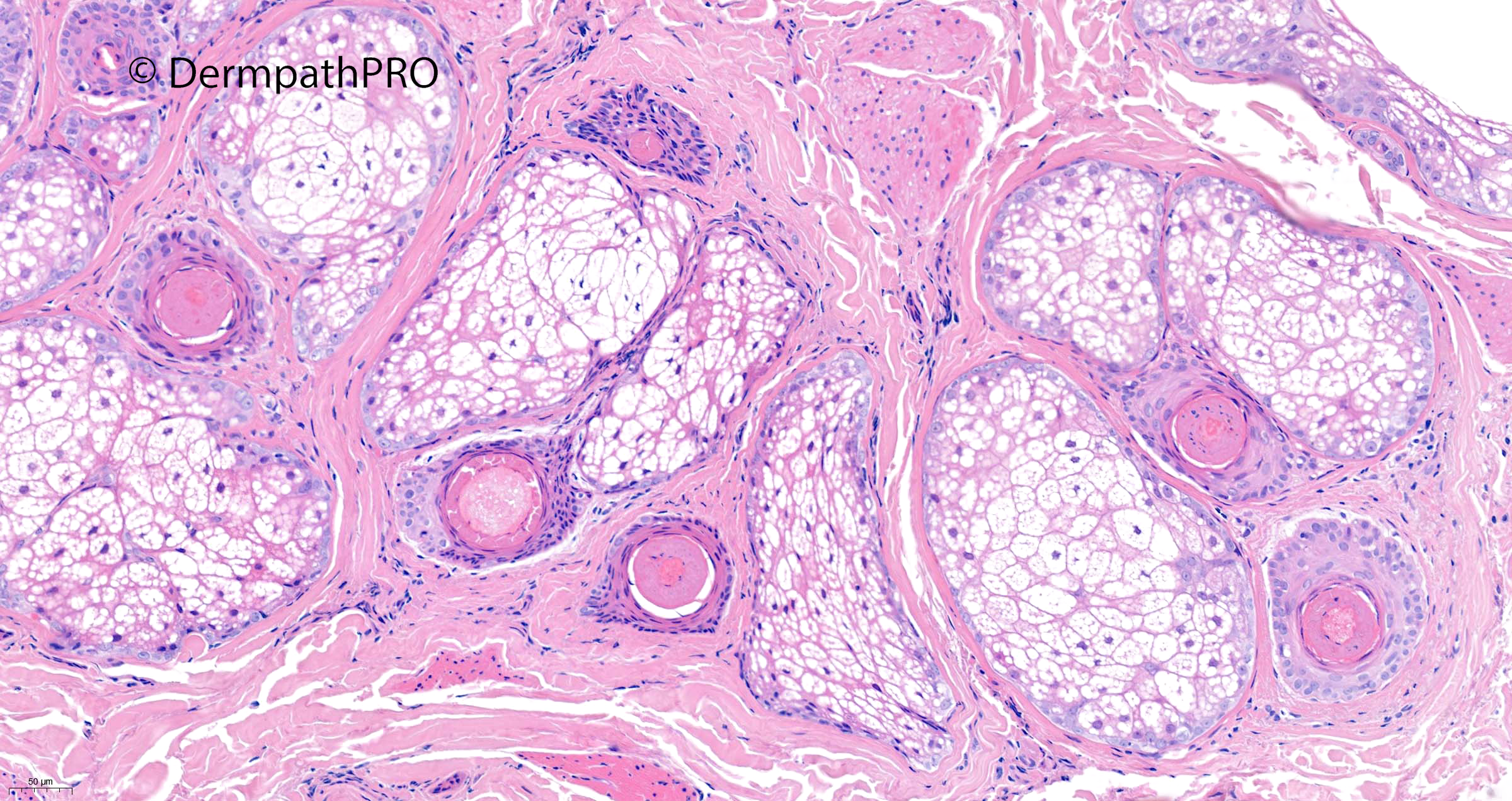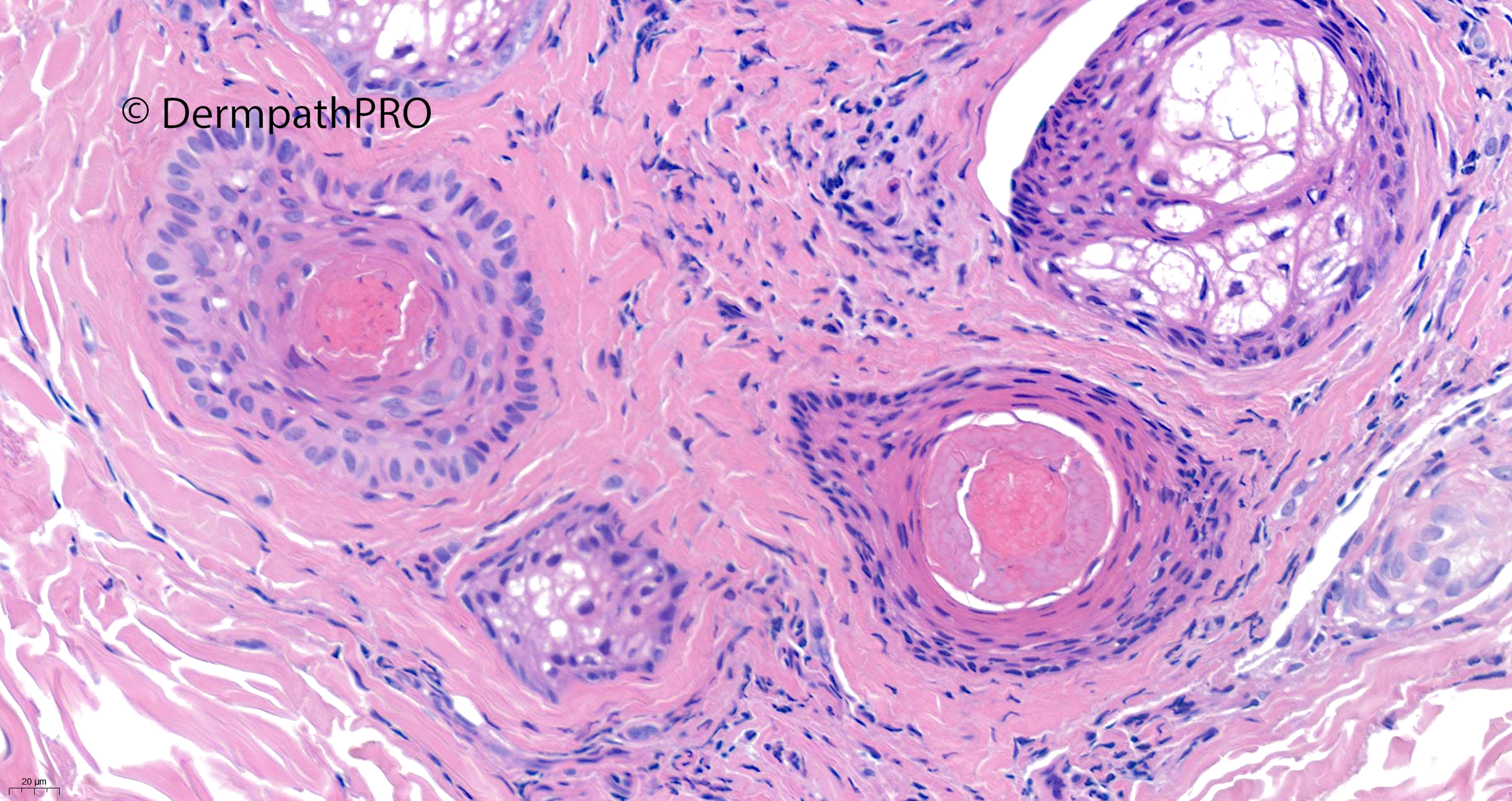-
 1
1
Case Number : Case 2946 - 21 October 2021 Posted By: Saleem Taibjee
Please read the clinical history and view the images by clicking on them before you proffer your diagnosis.
Submitted Date :
68F hairloss over months ?scarring alopecia












Join the conversation
You can post now and register later. If you have an account, sign in now to post with your account.